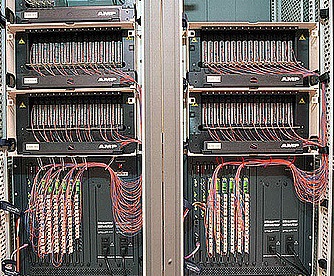
Advantages of Upgrading to Structured Cabling – Part 2
 As discussed in Part 1, point-to-point cabling systems are outdated and companies should strongly consider making the transition to structured cabling to remain competitive. Part 2 will discuss the advantages of upgrading to structured cabling.
As discussed in Part 1, point-to-point cabling systems are outdated and companies should strongly consider making the transition to structured cabling to remain competitive. Part 2 will discuss the advantages of upgrading to structured cabling.
The Advantages
Cost Effectiveness – Flexible and scalable, structured cabling can transmit data reliably and more easily handle increasingly large loads. This allows an organization to raise the productivity of its employees, helping to achieve its business goals. Its bottom line is further aided because structured cabling decreases the costs of maintenance and energy consumption.
Decreased Downtime – There is a greater chance of human error when there are several disorganized cabling networks, which result in disruptions and downtime. In contrast, a sound structured cabling system provides greater reliability; in addition, troubleshooting expenses are reduced because problems are easier to identify, find, and repair. Downtime is decreased, business losses are minimized, and a company will be more reliable and profitable.
Future Proofing –Structured cabling provides greater bandwidth and this allows a company to easily expand when its business grows. Having adaptable and scalable IT systems makes a company more competitive when it needs to evolve with its industry. Structured cabling ensures that an organization’s network infrastructure will remain capable of supporting new applications and technologies.
Greater Flexibility – Structured cabling can improve performance levels allowing a business to expand with greater ease. Move, add and change requests can be handled faster and more efficiently. Companies with structured cabling can develop and deploy services much faster because its data center can accommodate network infrastructure modifications more readily.
Maintenance Easier – Structured cabling provides a organizational approach that makes maintaining data centers and networks much more straightforward. In normal business environments, a variety of IT equipment and devices are being used simultaneously. When they are functioning on only one system, this removes the need for several wiring systems to be installed.
Progressive Office Cabling
Founded in 1986, Progressive Office’s success has been a direct result of years of commitment to seeking solutions on behalf of our clients in the Washington, D.C. and New York City areas. Efficiently working together, Progressive Office teams get cabling installed and operating as fast as possible while minimizing disruption and downtime. Call our toll free number (800) 614-4560 today.



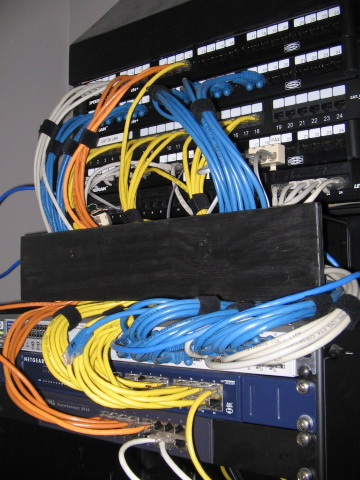
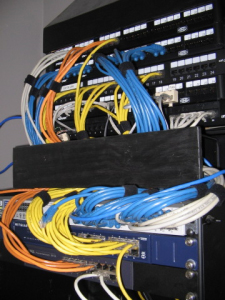 As discussed in Part 2, there are considerable cost savings from the deployment of zone
As discussed in Part 2, there are considerable cost savings from the deployment of zone 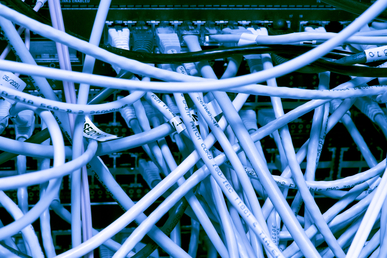
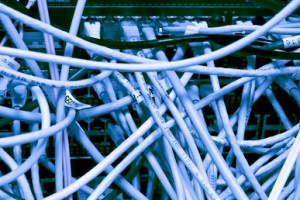 Improperly installed twisted pair
Improperly installed twisted pair 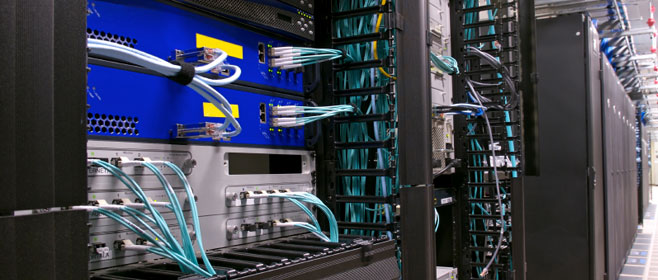
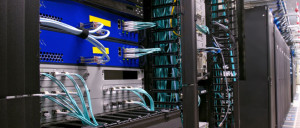

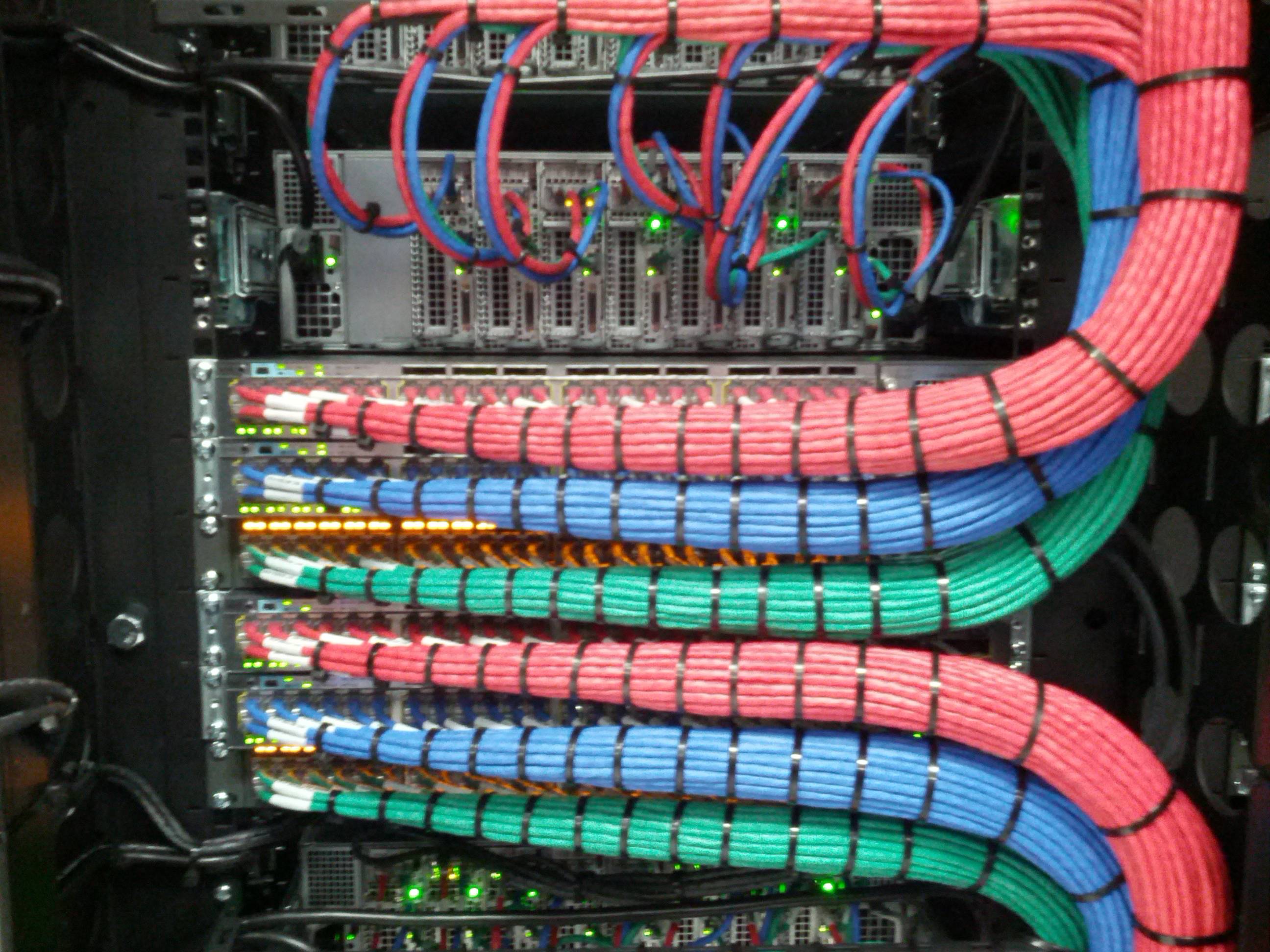
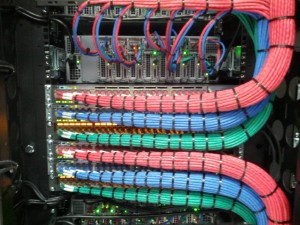 The most significant trend in IT (information technology) is the greater reliance of organizations on high-performance data communications (datacom)
The most significant trend in IT (information technology) is the greater reliance of organizations on high-performance data communications (datacom) 
